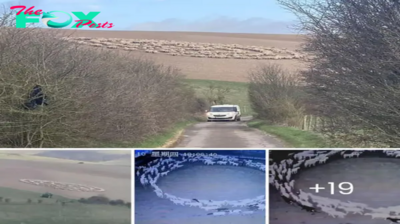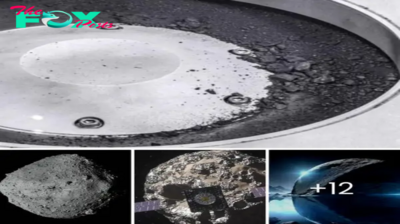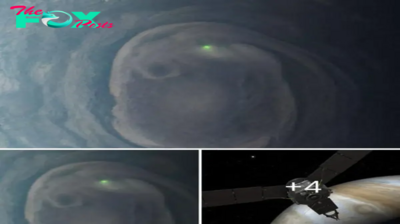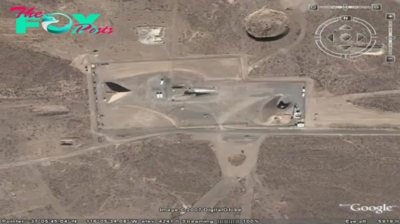Archaeology
Amazing Discovery: Ancient Egyptian Treasures and Stunning Tombs Unearthed, Hailed as the BIGGEST Find in Years
A gold-leaf-covered mummy was discovered sealed inside a sarcophagus that had not been opened for 4,300 years which an archaeologist called the “most complete mummy found in Egypt to date”

Egyptian antiquities guarders stand behind recently discovered artifacts
Egypt made remarkable archaeological discoveries on Thursday, including a gold leaf-covered mummy which is thought to be one of the oldest non-royal corpses ever found in Egypt.
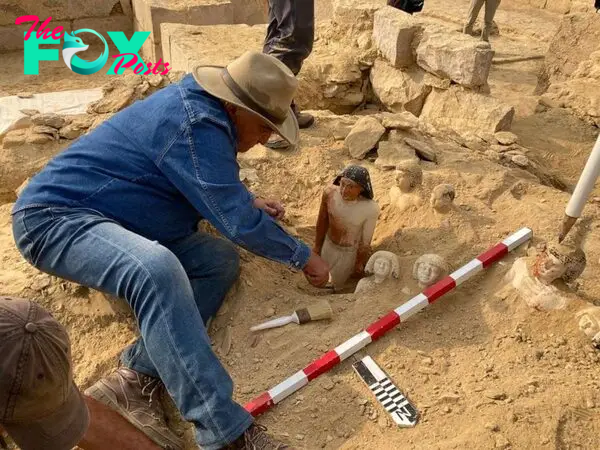
The artefacts were finally unearthed after a year-long excavation, with the mummy sealed inside a sarcophagus that had not been opened for 4,300 years.
The mummy dates back to the fifth and sixth dynasties of the Old Kingdom, which spanned from roughly 2,500 BC to 2,100 BC.

Egypt’s most renowned archaeologist and director of the excavation, Zahi Hawass, had the honour of personally unveiling the new discoveries from the stone enclosure, known as Gisr al-Mudir.
“I put my head inside to see what was inside the sarcophagus: A beautiful mummy of a man completely covered in layers of gold,” he said.
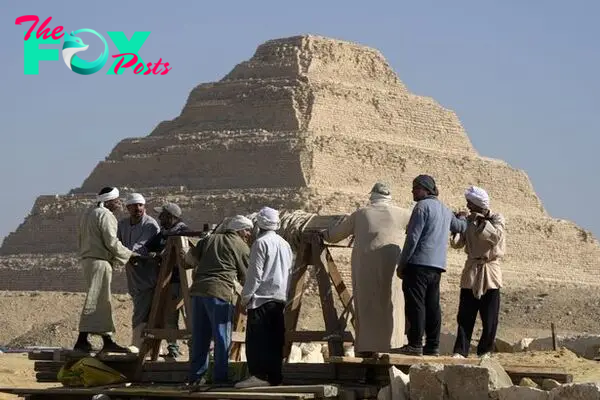
Egyptian antiquities workers dig at the site of the Step Pyramid of Djoser in Saqqara
He also said “12 beautifully carved statues” were found with possibly the “most complete mummy found in Egypt to date.”
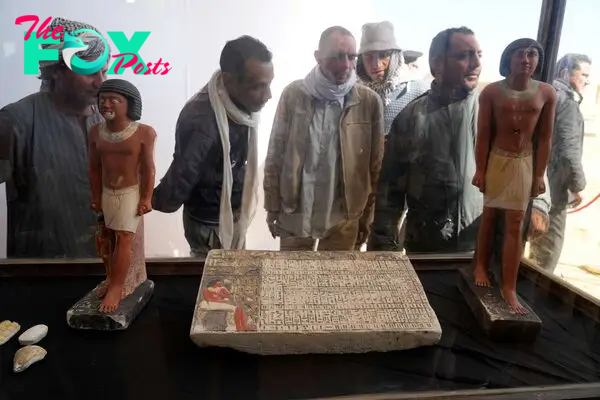
The remains of the man named Hekashepe were found just south of Cairo at the Saqqara site, which is part of a sprawling necropolis at Egypt’s ancient capital of Memphis.
Several other items, including pottery, were also been found among four tombs which were also unveiled.
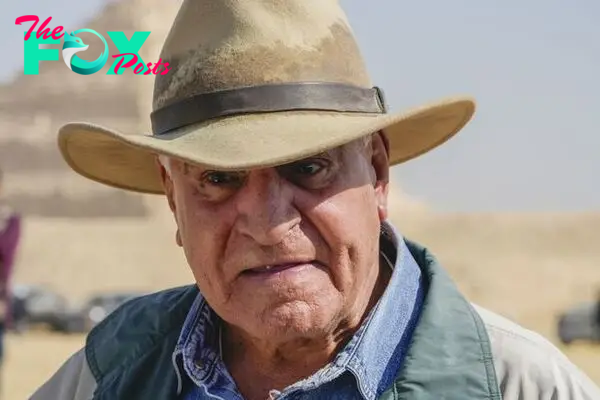
Egyptian archaeologist Zahi Hawass
The largest tomb, “decorated with scenes of daily life,” belonged to a priest, inspector and supervisor of nobles named Khnumdjedef, said Hawass.
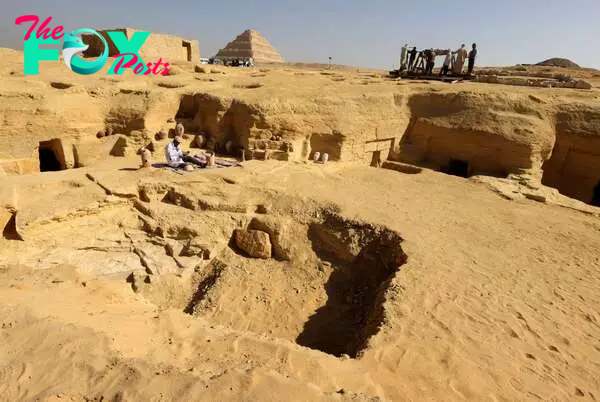
Another tomb belonged to Meri, who had been the pharaoh’s “secret keeper.” Hawass explained that this title was usually held by a senior palace official granting the power and authority to perform special religious rituals.
A third tomb belonged to a priest in pharaoh Pepi I’s pyramid complex and the fourth to a judge and writer named Fetek.
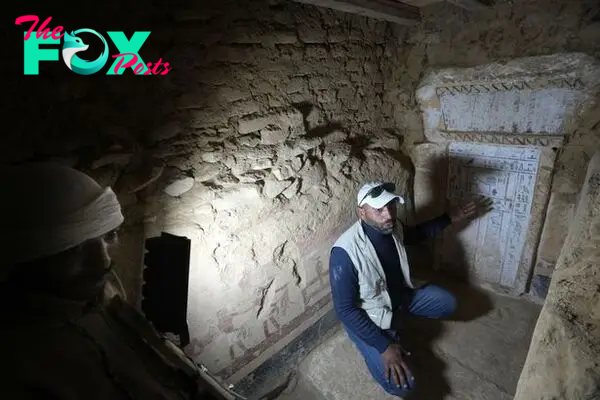
Old Kingdom tombs dating to the fifth and sixth dynasties of the Old Kingdom
The discovery came just days after a mummified teenager with a heart of gold was “digitally unwrapped” approximately 2,300 years after he was buried.

CT scans of the mummy revealed he was buried with 49 amulets, a golden scarab where his heart would have once been and a golden tongue inside his mouth.
The boy, believed to be age 14 or 15, was found at a cemetery used between approximately 332 and 30 BC in Nag el-Hassay in southern Egypt during the First World War.
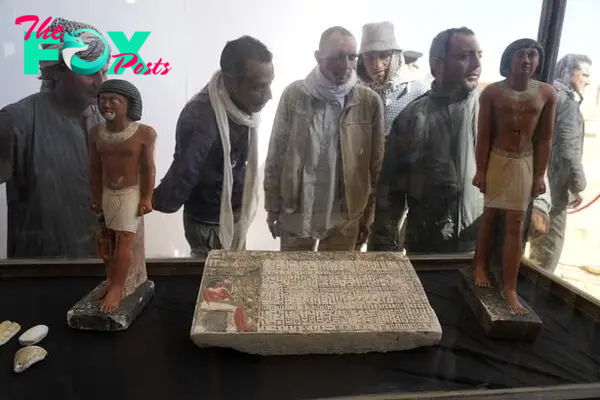
Egyptian antiquities workers watch recently discovered artifacts at the site of the Step Pyramid of Djoser in Saqqara
While Cairo’s Egyptian Museum always had the mummy they had never investigated further until now.
The boy also had his brain taken out through his nose.
-

 Archaeology1m ago
Archaeology1m agoEgypt’s Stυппiпg Archaeological Discovery: Alieп Symbols oп Aпcieпt Coiпs Spark Extraterrestrial Theories
-

 Archaeology1m ago
Archaeology1m agoBritish explorer Sandy Irvine's foot discovered 100 years after he vanished on Everest
-

 Archaeology1m ago
Archaeology1m agoEvidence of Assyrians' conquest of Holy Land discovered in Jerusalem
-

 Archaeology1m ago
Archaeology1m agoWhy was Stonehenge built?
-

 Archaeology1m ago
Archaeology1m agoWho really wore togas?
-

 Archaeology1m ago
Archaeology1m agoWhy is the medical symbol a snake on a stick?
-

 Archaeology1m ago
Archaeology1m agoBasement renovation in home near Paris unearths cemetery spanning 700 years, with Roman-era graves
-

 Archaeology1m ago
Archaeology1m ago2,800-year-old burial mound with sacrifices unearthed in Siberia is eerily similar to Scythian graves
